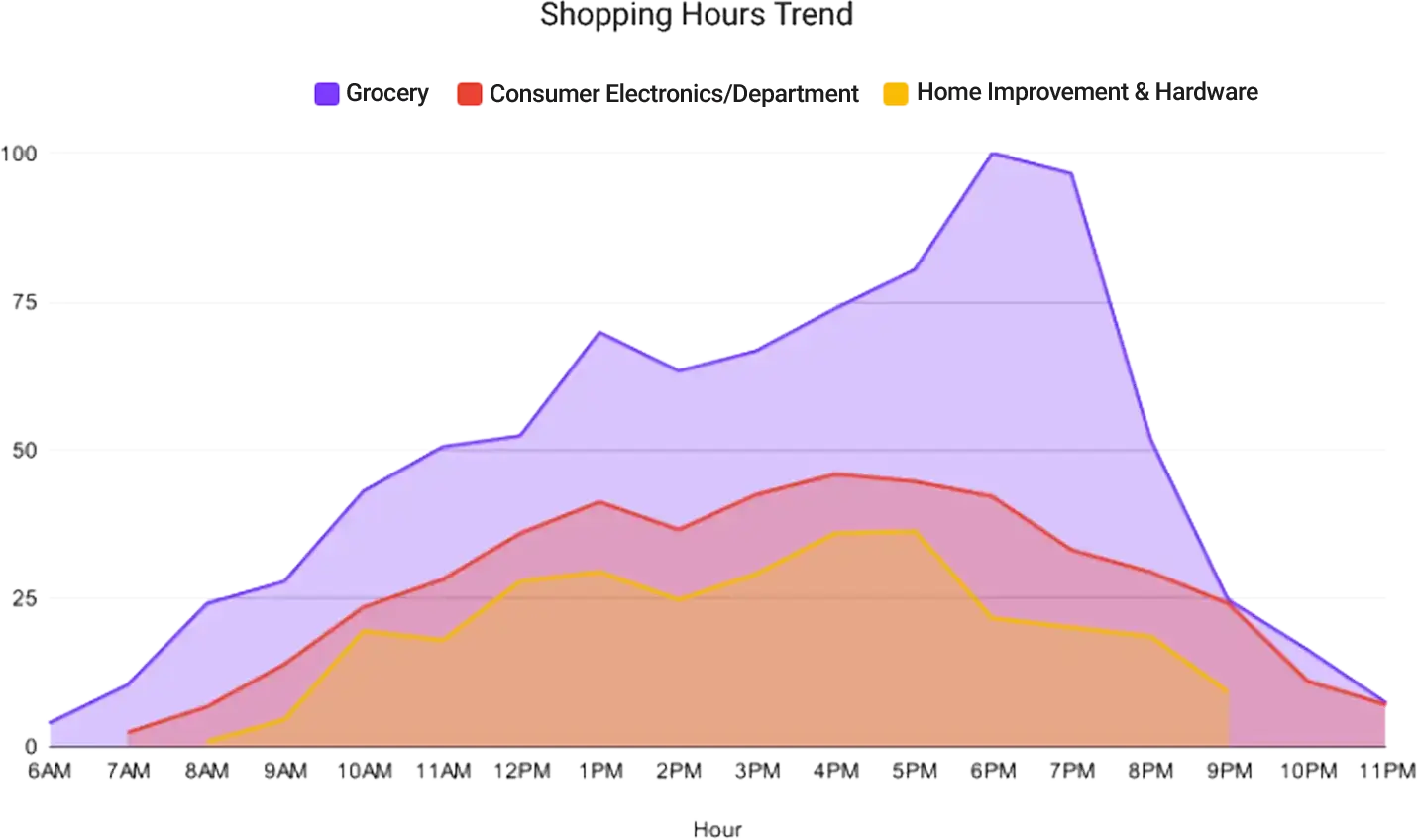How Azira and a Leading Australian Media Partner Deliver Consumer Insights for Impactful Retail Campaigns


Key Insights:
Business Challenge:
Shifting consumer behavior—earlier holiday shopping, unpredictable foot traffic, and a growing preference for online shopping—is making it harder for Australian retailers to anticipate demand, engage customers, and drive revenue.
Solution:
Azira, in partnership with a leading media organization, provided data-driven insights to target the right customers during key retail periods like Easter and Mother’s Day and optimize their marketing strategies.
Situation
With shoppers beginning their holiday purchases earlier, retailers are looking to extend their marketing windows and activate campaigns that reach the right audiences before, during and after peak shopping periods such as Easter long weekend. Azira partnered with a leading Australian media organization to help retailers refine their marketing strategies and drive more sales during key shopping periods.
Challenge
Australian retailers are navigating a complex and evolving landscape. Shifts from in-person to online shopping have created an increasing need for precision targeting to drive meaningful return on ad spend. To effectively reach the right audience, retailers require insights on:
- Footfall Trends: What are the visitation patterns leading up to key retail dates?
- Travel Distance: How far are customers willing to travel to visit stores?
- Customer Profiles: What are the key demographics and interests of the target consumer?
- Brand Affinity: Which brands are customers visiting the most?
- Market Share: What are the top brands by market share?
By answering these questions, retailers can better understand their customers and how to effectively market to them throughout the customer journey.
Solution
Together, Azira and the media partner developed a data-driven marketing framework built around four key retail periods: the lead-up to Easter, the Easter long weekend, Mother’s Day, and End-of-Financial-Year (EOFY) sales. Each period was analyzed to uncover real-world shopping patterns.
The analysis spanned three core retail categories—Grocery, Consumer Electronics & Department Stores, and Home Improvement & Hardware—drawing from a robust dataset that included over 66,000 store locations across Australia. Azira examined leading brands such as Woolworths, Coles, ALDI, JB Hi-Fi, Kmart, Bunnings, and others to understand their consumers and the competitive dynamics in each category.
Additionally, Azira identified custom audience segments based on real-world behaviors, such as parents, frequent grocery shoppers, professionals, and home renovation enthusiasts to enable retail marketers to effectively target the right audience at the right time and activate campaigns driven by real-world visitation patterns.
With Aizra, retailers can refine their targeting, increase engagement, and achieve measurable impact. By combining audience demographics with behavioral insights, Azira and the media partner provided a data-driven approach to engage consumers, anticipate demand, and optimize return on ad spend.
Results
The following outlines consumer foot traffic trends observed across key retail categories during the Easter holiday period:

Key Insights:
- Busiest Hours: Evenings across all categories.
- Busiest Days: Weekends for grocery and retail, Sundays and Mondays for home improvement.
- Brand Affinity: Grocery and retail shoppers preferred banking and QSR, while home improvement shoppers showed an affinity for auto, retail, and cafes.
- Distance Traveled: Grocery and retail customers typically traveled 2-5 km, while home improvement shoppers traveled 5-10 km.
- Frequency of Visits: Grocery and retail shoppers visited 2-4 times, while home improvement shoppers visited once.
Using consumer insights, retail marketers can reach customers more effectively and improve the shopping experience. Using real-world data, campaigns can extend beyond peak shopping periods, engaging consumers before, during, and after holidays like Easter and Mother’s Day. Tailoring messages to custom audiences and optimizing ads based on location insights will improve targeting efficiency, boost store foot traffic and yield a higher return on ad spend.
Learn more about how consumer behavior insights can be used by Retailers here.




.svg)
